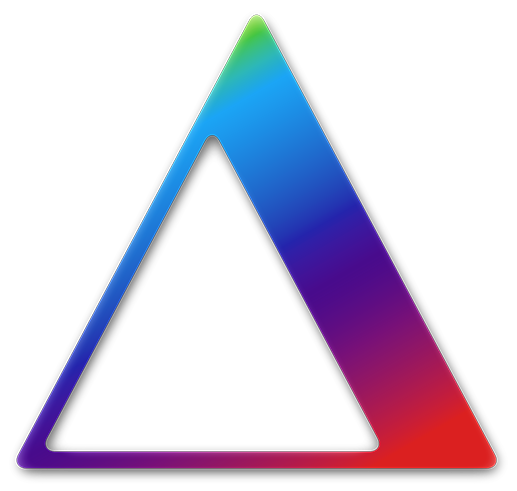Doc
Qi-Based Wireless Charging Dock for Smartphones
Adafruit's Qi Charging Kit
Andrew Balboni
December 2018

Adafruit's Qi Charging Kit
Andrew Balboni
December 2018
Lux
Modular Lighting Platform
Consumable bulbs create waste, and with the advent of energy efficient lighting technologies, it's turning into e-waste. Instead of lamps that require users to purchase disposable bulbs, the LuxCore Base and Prism are installed by the manufacturer.
While Bases and Prisms are not designed to be consumable parts, they are inherently user replaceable. This allows users to create a light source meeting their own criteria, using parts of almost identical design.
-

This is the first proposed assembly with a three-diode core and conical diffusion lens. A partially 3D printed thermal system utilizes the inserts and M3 screws to dissipate heat.
-

The Core consists of three high-intensity COB LEDs, producing a maximum 1,275 lumens. In theory, Lenses and Cores of varying characteristics can be easily switched out by the user to alter the light as they see fit. For instance: this Core's color temperature is a cool 5000K to offset the clear resin lens that develops a warmer temperature when post-cured with UV light, creating a soothing neutral white. (Pardon the battered LED wafers, these were frequently recycled for multiple prototypes.)
-

A series of conical lenses that explored refining the resin's surface. SLA 3D printing produces isotropic models, making Formlabs' Clear Resin ideal for uniformly transmitting light. When sufficiently polished, the outer surface produces a wide and bright cast akin to a transparent 75 watt incandescent bulb. (Left to right: only UV post-cure; no post-cure, buffed down to 12,000-grit; and no UV post-curing, buffed down to 12,000-grit, coated with high-gloss acrylic lacquer.)
Andrew Balboni
August 2018

Andrew Balboni
August 2018
BBOne
Custom-Built FDM Printer
In addition to creating all-new configs for speeds/feeds, initializations and probing, I also decided to design a carriage assembly. The objective was to create a dual-extrusion carriage with auto-leveling/active tramming, while also keeping the overall weight of the carriage itself as low as possible. Using a boden extrusion system enables this design, as the steppers for each extruder are mounted on the back panel—right above the spool holders.
Instead of machining a carriage frame out of Aluminium, I used a Mark Two composite FDM printer from Markforged. The carbon fiber-reinforced nylon carriage frame and mounting bracket that holds the nozzles in place are incredibly stiff, yet light-weight. This allows BBOne to print at speeds between 85-100 mm/s at 100µ without loosing steps or diminished part quality.
-

A PLA prototype of the carriage frame and bracket, with the tool and part cooling fans installed. The part cooling duct is printed with Tough Resin on a Form 2, as it's the only prniter capible of printing hollow parts with fine details.
-

The final carriage assembly, printed in Onyx nylon with carbon fiber reinforcement fiber. The two e3d hotends can safely achieve +300ºC in under two minutes!
-

The 'belly of the beast', as it were. The Duet 2 controller uses a wi-fi card and a web-based UI to handle everything from remote control, downloading print jobs, programming and debugging.
Andrew Balboni
January - May 2018

Andrew Balboni
January - May 2018
RöDy
Remote Caddy
To date, 11 RöDys have been installed on a majority of the mobile TVs within the College of Art and Design—none of which have broken or failed (yet). Using two M5 cap screws and corresponding washers, each caddy is mounted to the rolling stand's frame, and can hold the TV's remote, auxiliary cables and adapters.
Andrew Balboni
April 2017

Andrew Balboni
April 2017
 balboni design
balboni design















